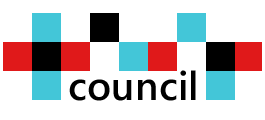Christoph Thümmler: Although we have seen additional IoT enablers which we did not dare to dream of 10 years ago – in particular the entire evolution in mobile radio technology (4G, 5G – now 6G), the level of IoT development in the medical domain is at best poor – in many areas not existing at all. As per the last Medica trade show in Düsseldorf – the largest trade show for medical devices in Europe in November 2022 and Arab Health 2023 (probably the largest trade show on medical equipment and devices world-wide) We could not identify any 5G enabled mobile medical devices / things at all. Despite the commitment of all European policy maker to enhanced patient care outside hospitals there is not a single 5G enabled medical device on the market. The developments towards seamless connectivity of implants has stalled too. Although the number of implants is dramatically increasing the problem of the out of body communication has not been resolved. This topic has been work in process for years – however 7 years after the EU-China White paper on the Internet of Things- this is frankly quite disappointing.
Clearly, there are deficits not only with regards to enabling technologies but also with direct device communication. Jumping to 2023 there is a discussion launched by the EU-US Trade and Technology Council in which I participate myself (it is not so much a discussion – more so the typical stakeholder involvement / information sharing event), focusing on regulation of AI. However, there has not been any discussion on what might be needed to regulate / manage citizen rights on the interface of AI and IoT. To me this is the most pressing issue with regards to IoT as IoT will become “smart” in combination with enabling technologies which will lead to quantum leap in IoT (think of what a smart implant could do in the brain of a Parkinson patient or in the Pancreas of a diabetes patient). To me AI enhanced IoT is a serios topic especially with regards to medical and AAL applications in the upcoming decades. So far these topics are not addressed substantially by the European research programs.
